
El Programa de Liberación de Tortugas Marinas de Los Cabos muestra ese espíritu aventurero y la atención a los detalles que mantienen a los aficionados siempre regresando para las aventuras de vacaciones llenas de acción en el famoso corredor turístico de Los Cabos.
Con Ozeanity Experiences, el programa de protección de tortugas marinas es una de las mayores atracciones para los entusiastas de la naturaleza y la vida salvaje que quieren algo más que relajarse en la playa.
Los Cabos Sea Turtle Release Program showcases that adventurous spirit and attention to detail that keep fans always coming back for action-packed vacation adventures in the famous Los Cabos tourist corridor.
With Ozeanity Experiences, the Sea Turtle Protection Program is one of the biggest draws for nature and wildlife enthusiasts who want more than just relaxing on the beach.

La temporada de anidación de tortugas parece simple, para las tortugas golfinas que vienen a Cabo, es todo un evento. No es raro ver a varias madres cavando hoyos al mismo tiempo durante la temporada de anidación de tortugas marinas. Esta anidación en masa se llama arribazón, similar a "llegada". Sin embargo, estas tortugas son una especie amenazada y sus bebés enfrentan muchos desafíos, incluso antes de que los huevos eclosionen. Ya sea por alguna actividad en la playa que amenace con aplastar los huevos, o las aves en busca de comida, mover los huevos a un lugar seguro hasta que eclosionan es una parte vital de la temporada de anidación en Cabo.
The turtle nesting season seems simple, for the olive ridley turtles that come to Cabo, it is quite an event. It is not uncommon to see multiple mothers digging holes at the same time during sea turtle nesting season. This mass nesting is called banquet, similar to "arrival." However, these turtles are a threatened species and their babies face many challenges, even before the eggs hatch. Whether it's a beach activity that threatens to crush the eggs, or birds foraging for food, moving the eggs to safety until they hatch is a vital part of the nesting season in Cabo.
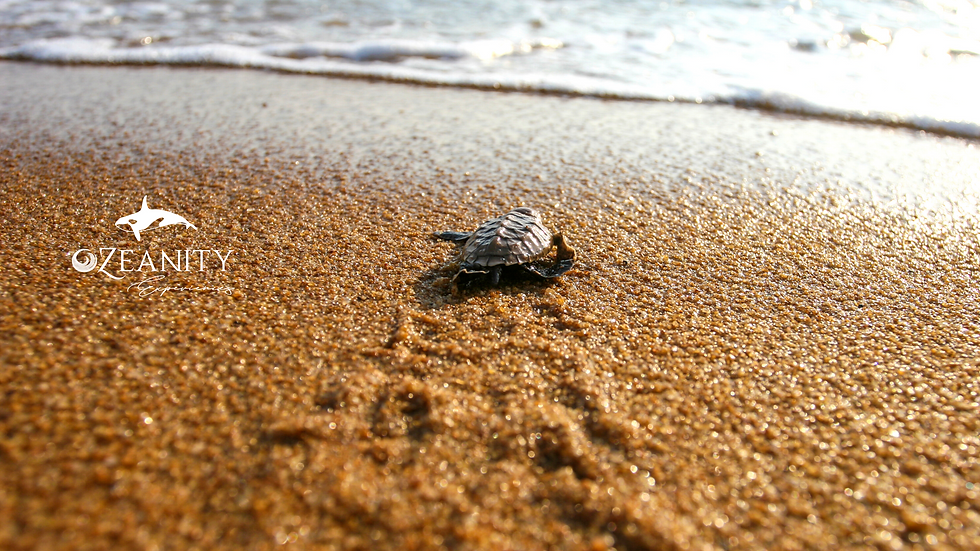
¿Cuándo es la temporada de anidación?
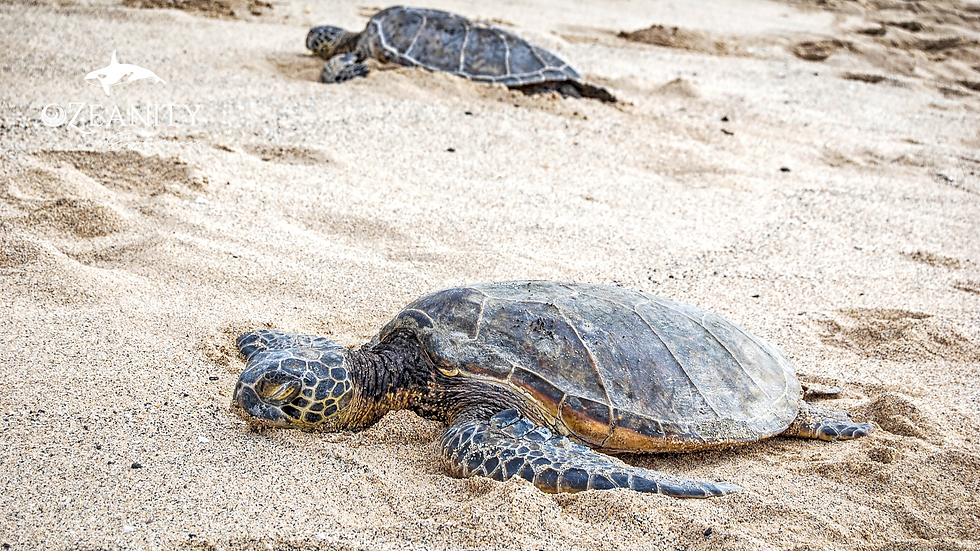
Las tortugas de carey, la tortuga boba, la laúd, la tortuga verde y la golfina crecen cada año en las orillas de Baja California Sur, atraídas por las cálidas aguas y los recuerdos de sus propios nacimientos en las mismas orillas. Si te estás preguntando cuándo es la temporada de anidación, la respuesta variará un poco cada año, pero para agosto, la primera ronda de hembras puede ser vista cavando nidos en la playa. Desde agosto hasta diciembre, puedes ver la anidación de tortugas marinas, así como patrullas que buscan nidos para proteger, e incluso liberar bebés en el mar.
When is nesting season?
Hawksbill, loggerhead, leatherback, green and olive ridley turtles grow each year on the shores of Baja California Sur, attracted by the warm waters and memories of their own births on the same shores. If you're wondering when is nesting season, the answer will vary a bit each year, but by August, the first round of females can be seen digging nests on the beach. From August to December, you can watch sea turtles nesting, as well as patrols looking for nests to protect, and even releasing babies into the sea.

¿En qué época del año eclosionan los huevos de tortuga?
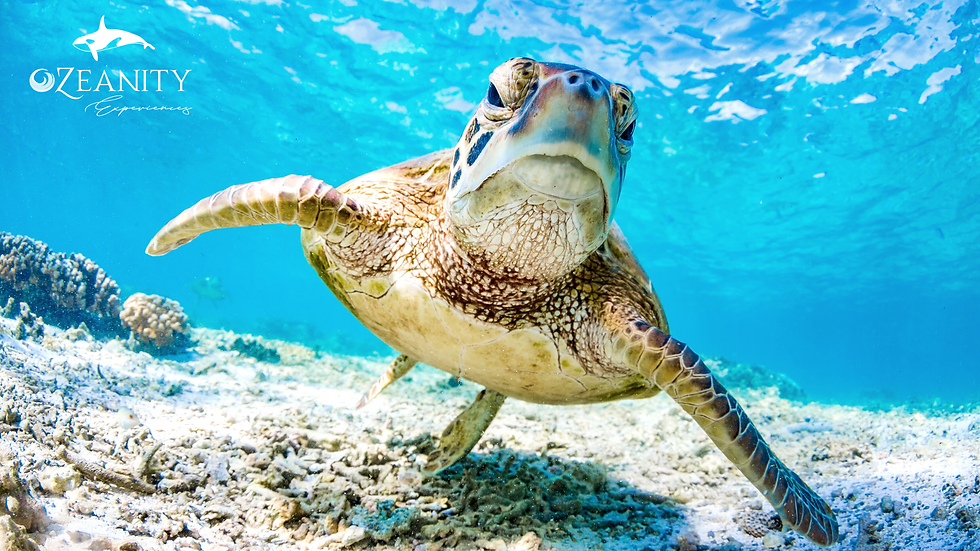
Mientras que las tortugas mamás llegan a Cabo en agosto para depositar hasta 100 huevos en cada nido, los bebés tardan un poco más en incubar. La época del año en que los huevos de tortuga eclosionan depende de cuándo llegan las mamás, pero una vez puestos, los huevos tardan alrededor de 45 días en incubarse. A partir de septiembre, es posible que veas a las tortugas recién nacidas dirigirse al agua. Si bien la mayoría de los nidos se reubican en áreas protegidas, si los localizas, asegúrate de que otros animales y turistas no obstaculicen su proceso. Dado que el hábitat natural de las tortugas ahora está poblado por resorts, muchos hoteleros de la ciudad son parte de la Red de Protección de Tortugas Marinas y muchos asisten a los talleres impartidos por el Departamento de Recursos Naturales y Vida Silvestre.
At what time of year do turtle eggs hatch?
While the mother turtles arrive in Cabo in August to lay up to 100 eggs in each nest, the babies take a little longer to hatch. The time of year that the turtle eggs hatch depends on when the mums arrive, but once laid, the eggs take around 45 days to hatch. Starting in September, you might see the newborn turtles heading into the water. While most nests are relocated to protected areas, if you do locate them, make sure that other animals and tourists don't get in the way. Since the natural habitat of the turtles is now populated by resorts, many hoteliers in the city are part of the Sea Turtle Protection Network and many attend workshops given by the Department of Natural Resources and Wildlife.
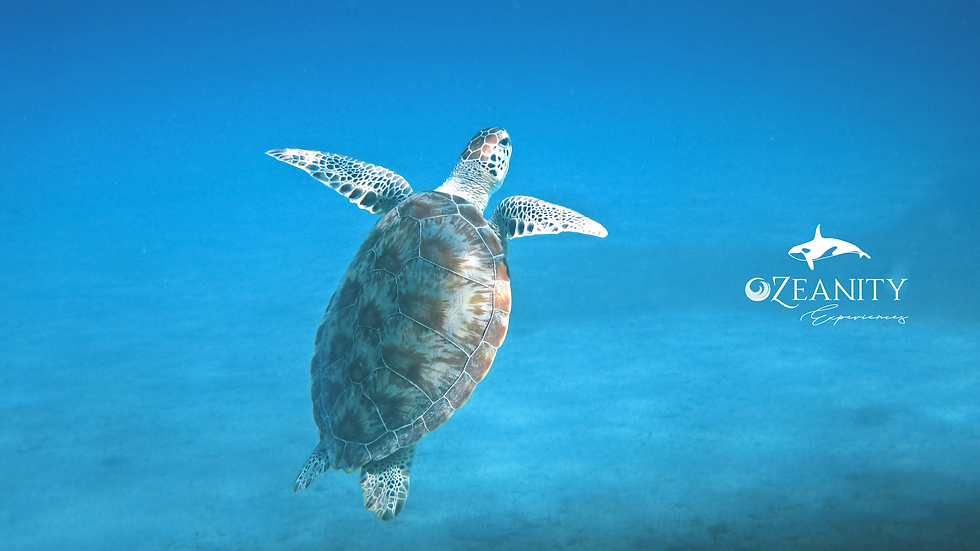
¿Cuánto dura la temporada de anidación de tortugas marinas?
Para finales de año, el último de los bebés estará chapoteando en las olas, haciendo sus primeras inmersiones bajo la superficie. La duración de la anidación de la tortuga marina varía, y algunas veces se pueden ver las crías en Año Nuevo. Para tener una gran posibilidad de presenciar este milagro natural, planea estar en Cabo durante el otoño.
La temporada de anidación de las tortugas marinas es una maravilla natural que es vital para el ecosistema. Sin la continuación de la especie, la cadena alimentaria podría desmoronarse y dañar nuestro medio ambiente. Para presenciar el nacimiento de cientos de pequeñas tortugas, planea un viaje de otoño a Cabo y regístrate para un tour de liberacion de tortugas con Ozeanity Experiences.
How long is the sea turtle nesting season?
By the end of the year, the last of the babies will be splashing in the waves, making their first dives below the surface. The length of the sea turtle nesting varies, and the hatchlings can sometimes be seen on New Years. For a great chance to witness this natural miracle, plan to be in Cabo during the fall.
The sea turtle nesting season is a natural wonder that is vital to the ecosystem. Without the continuation of the species, the food chain could crumble and damage our environment. To witness the birth of hundreds of tiny turtles, plan a fall trip to Cabo and sign up for a turtle release tour with Ozeanity Experiences.
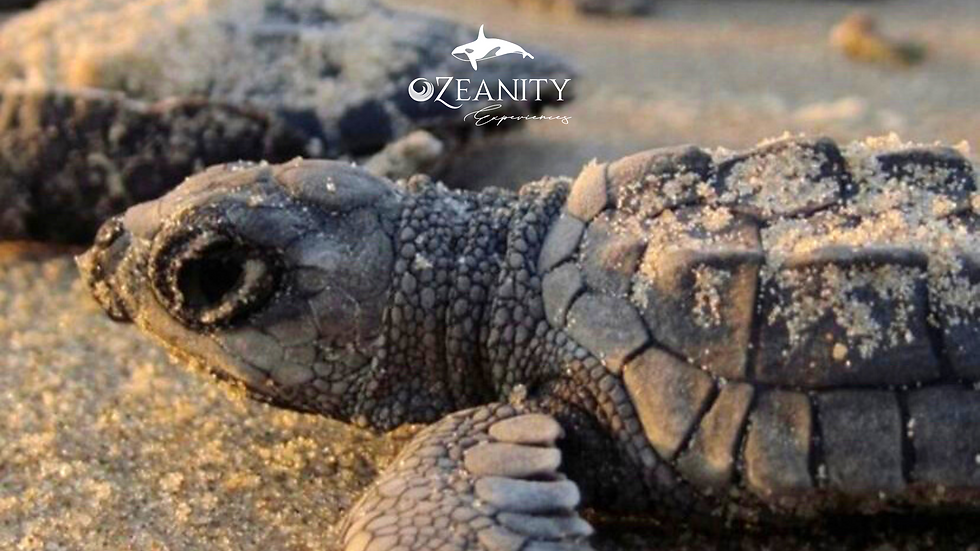
¿Por qué es necesario el Programa de Protección de Tortugas Marinas en Cabo San Lucas?
El programa de protección de las tortugas marinas en Cabo San Lucas existe porque las tortugas marinas se pusieron en peligro debido a la invasión de sus entornos de anidación por parte de la civilización, a la caza furtiva ilegal y a los percances de la pesca.
Las tortugas adultas anidan y ponen sus huevos en tierra y las tortugas marinas bebés, después de eclosionar, se desplazan al mar porque son atraídas por la luz natural sobre el horizonte que se refleja en las olas del océano.
Desafortunadamente, sólo uno de cada 1.000 bebés sobrevive hasta la edad adulta debido a los depredadores; eso incluye aves, cangrejos, mapaches, perros, depredadores acuáticos y otras amenazas que atacan los huevos y las crías. Incluso las tortugas marinas adultas no están 100% seguras porque los cazadores furtivos ilegales las cazan por sus huevos, carne y caparazones.
Las tortugas marinas bebés a menudo se dirigen hacia las luces de la playa, los faros de los coches, los incendios, las farolas, los alimentos desechados y otros estimulantes de la civilización moderna.
Si una tortuga se dirige en la dirección equivocada, su exposición a los depredadores y amenazas casi garantiza su muerte. El programa de protección de tortugas marinas en Los Cabos de ECOPLAN con la ayuda de ambientalistas, otras empresas preocupadas y personas como usted que las apoyan protegiendo y liberando a las tortugas marinas en forma segura en el océano puede mejorar sus posibilidades de supervivencia aumentan dramáticamente.
Why is the Sea Turtle Protection Program necessary in Cabo San Lucas?
The marine turtle protection program in Cabo San Lucas exists because sea turtles were endangered due to civilization invasion of their nesting environments, illegal poaching, and fishing mishaps.
Adult turtles nest and lay their eggs on land and baby sea turtles, after hatching, move to the sea because they are attracted by natural light on the horizon that is reflected in the ocean waves.
Unfortunately, only one in 1,000 babies survive to adulthood due to predators; that includes birds, crabs, raccoons, dogs, aquatic predators, and other threats that attack eggs and hatchlings. Even adult sea turtles are not 100% safe because illegal poachers hunt them for their eggs, meat, and shells.
Baby sea turtles often head for beach lights, car headlights, fires, streetlights, discarded food, and other stimulants of modern civilization.
If a turtle heads in the wrong direction, its exposure to predators and threats almost guarantees its death. ECOPLAN's Los Cabos Sea Turtle Protection Program with the help of environmentalists, other concerned businesses, and people like you who support them by protecting and releasing sea turtles safely into the ocean can dramatically improve their chances of survival.














Comments